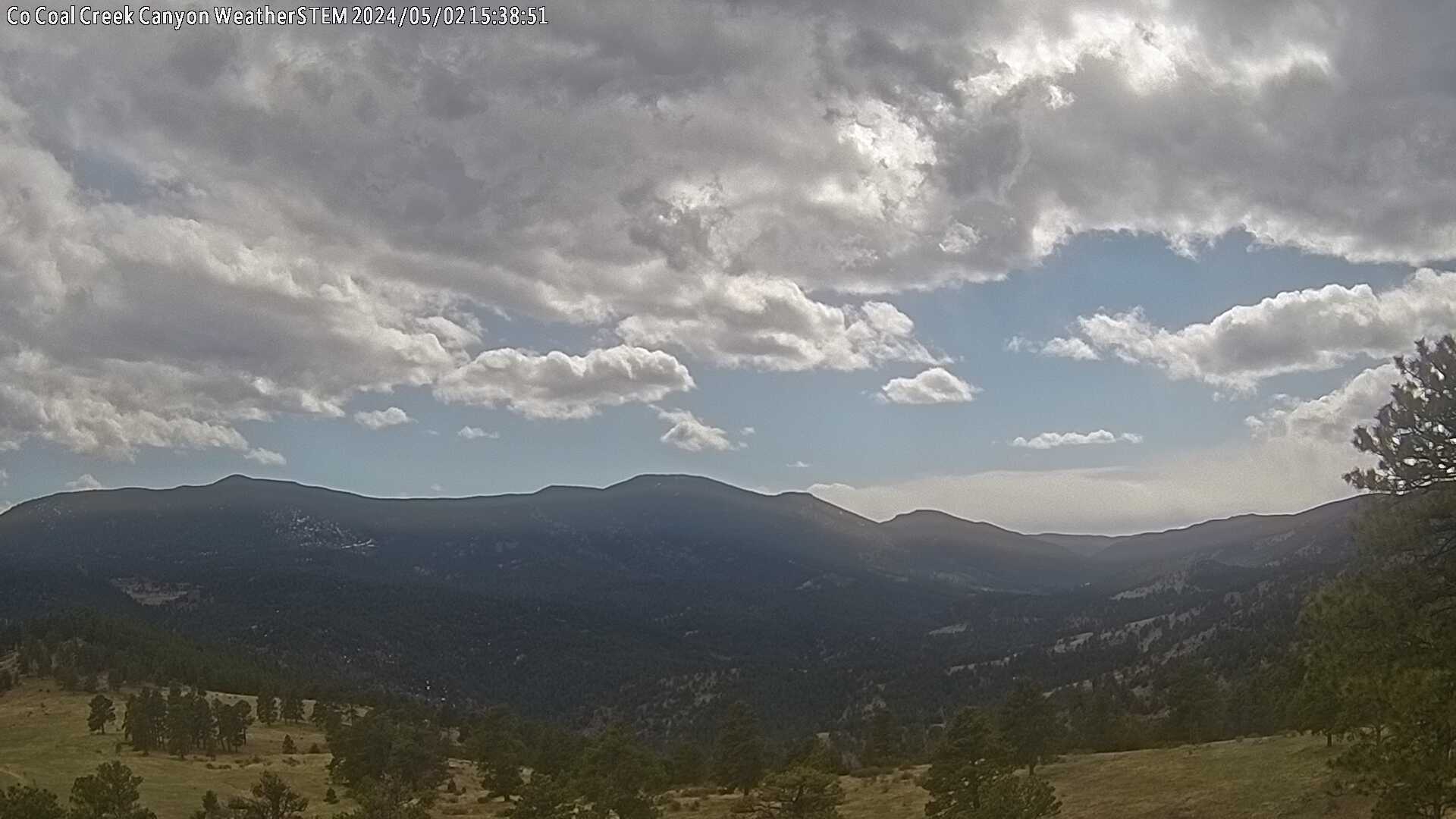Coal Creek Canyon (Jefferson County), CO Weather Cams

Coal Creek Canyon, Colorado: A Gateway to Mining, Mountain Living, and Natural Beauty
Coal Creek Canyon, Colorado Weather Cams. Coal Creek Canyon, located in the foothills of the Front Range, spans portions of Jefferson, Boulder, and Gilpin counties. Known for its rugged terrain, rich mining history, and scenic beauty, the canyon has long been a vital corridor for transportation, settlement, and outdoor recreation. Its story is deeply tied to the broader development of Colorado’s mining industry, Native American history, and the expansion of mountain communities.
Early History: Native American Presence
Before European settlers arrived, the area was home to Ute, Cheyenne, and Arapaho tribes, who used the foothills for seasonal hunting and gathering. The canyon provided access to game, water sources, and natural shelter, making it an important part of their migratory routes.
With the arrival of fur trappers and explorers in the early 19th century, conflicts between Native American groups and settlers increased. By the late 1800s, most Indigenous peoples had been forcibly removed from the region.
The Rise of Mining and Settlement
Coal Creek Canyon’s name reflects its mining heritage. The discovery of coal and gold in the surrounding mountains led to an influx of prospectors in the mid-to-late 19th century. The canyon became a key route for miners traveling to Central City and Black Hawk, two of Colorado’s most famous gold mining towns.
The Colorado Gold Rush of 1859 brought thousands of settlers to the region, and Coal Creek Canyon played a role in supporting mining operations. The area also saw the development of railroads and wagon roads, which helped transport ore and supplies.
The Formation of Mountain Communities
By the early 20th century, Coal Creek Canyon had transitioned from a mining corridor to a residential area. Small communities such as Wondervu and Pinecliffe emerged, attracting settlers who sought a quieter life away from Denver’s growing urban center.
The canyon’s steep terrain and remote location made development challenging, but improvements in road infrastructure allowed for more permanent settlements. The construction of Highway 72, which runs through the canyon, further connected residents to nearby towns.
The Surrounding Area: Gilpin County and Boulder’s Expansion
Coal Creek Canyon is closely linked to Gilpin County, which was a major hub during the gold rush. The county’s history includes ghost towns, mining camps, and historic railroads, many of which influenced the development of Coal Creek Canyon.
Additionally, the canyon’s proximity to Boulder has shaped its modern identity. As Boulder grew into a center for education and technology, Coal Creek Canyon became a desirable location for mountain living, offering residents a balance between nature and accessibility.
Modern Coal Creek Canyon: Outdoor Recreation and Conservation
Today, Coal Creek Canyon is known for its hiking, rock climbing, and wildlife. The area is home to Coal Creek Canyon Park, which provides access to trails, scenic overlooks, and protected open space.
Efforts to preserve the canyon’s natural beauty have led to environmental initiatives, including wildfire mitigation and conservation programs. Residents continue to advocate for sustainable development while maintaining the canyon’s historical character.
Coal Creek Canyon remains a unique part of Colorado’s landscape, blending history, nature, and community. Whether exploring its mining past, hiking its rugged trails, or enjoying its mountain views, the canyon offers a glimpse into the evolving story of the Front Range.
For more information, visit the Coal Creek Canyon, Colorado official website.
